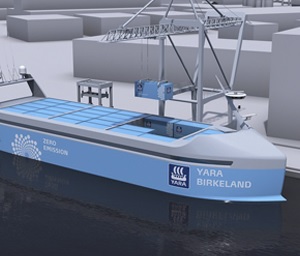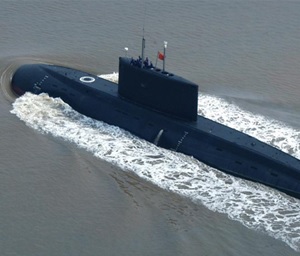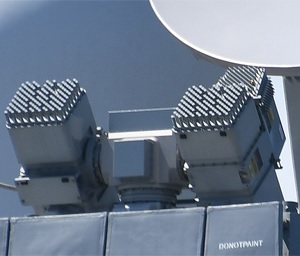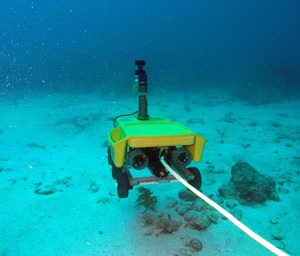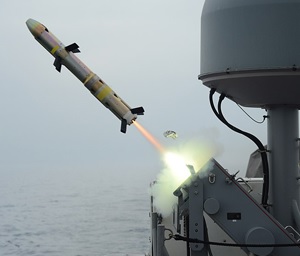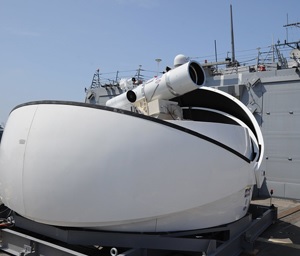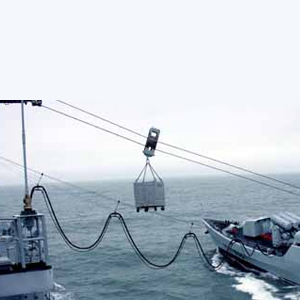Emerging Trends in Naval Warfare: From Autonomous Ships to Submarine Technologies 15 June 2024
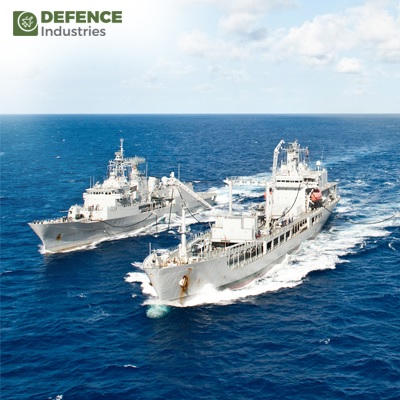
Introduction
Naval warfare is experiencing a transformative evolution, driven by technological advancements and strategic innovations. From autonomous ships to sophisticated submarine technologies, these developments are reshaping the maritime defense landscape. Let's delve into these emerging trends using the specified keywords.
Autonomous Ships: The Future of Naval Fleets
Autonomous ships are revolutionizing naval operations by enhancing efficiency, reducing human error, and minimizing operational costs. These vessels, equipped with advanced artificial intelligence (AI) and machine learning algorithms, can perform complex tasks without direct human intervention.
One of the significant advantages of autonomous ships is their ability to undertake long-duration missions with minimal logistical support. These ships can conduct surveillance, reconnaissance, and even offensive operations with precision. Additionally, the use of autonomous ships reduces the risk to human life, particularly in hazardous environments.
Autonomous ships also contribute to enhanced situational awareness. They can collect and process vast amounts of data in real-time, providing commanders with critical insights for decision-making. The integration of autonomous ships into naval fleets represents a paradigm shift in maritime strategy, emphasizing efficiency and adaptability.
Advanced Submarine Technologies: Stealth and Lethality
Submarines have always been a cornerstone of naval warfare, valued for their stealth and offensive capabilities. Recent advancements in submarine technologies are further enhancing their strategic importance.
Modern submarine technologies focus on improving stealth, speed, and survivability. One such innovation is the development of air-independent propulsion (AIP) systems, which allow submarines to operate underwater for extended periods without surfacing. This significantly enhances their stealth capabilities, making them harder to detect.
Another breakthrough in submarine technologies is the use of nuclear powered submarines. These submarines can operate underwater indefinitely, limited only by food supplies and crew endurance. Nuclear powered submarines provide unmatched range and endurance, making them a formidable force in naval warfare.
Remotely Operated Vehicles and Underwater Drones
The use of remotely operated vehicles (ROVs) and underwater drones is becoming increasingly prevalent in modern naval operations. These technologies allow for detailed underwater exploration, mine detection, and even offensive operations without putting human divers at risk. Underwater drones can be equipped with various sensors and payloads to perform a wide range of tasks, from surveillance to direct engagement with enemy targets.
Naval Cyber Warfare: A New Battlefield
In today's digital age, naval cyber warfare has emerged as a critical component of maritime defense. Cyber threats can disrupt communications, navigation systems, and even weapon systems, posing significant risks to naval operations. Enhancing cyber defenses and developing offensive cyber capabilities are essential to maintaining naval superiority.
Naval Sensors and Condition Monitoring
The advancement of naval sensors plays a crucial role in enhancing situational awareness and operational efficiency. Modern sensors can detect and track enemy vessels, submarines, and aircraft with high precision. Additionally, the implementation of condition monitoring and predictive maintenance systems ensures the reliability and readiness of naval assets. These systems use data analytics to predict potential failures and schedule maintenance proactively, reducing downtime and enhancing operational efficiency.
Naval Missile Systems and Hypersonic Missiles
Naval missile systems are integral to modern naval warfare, providing the capability to engage targets at long ranges. The development of hypersonic missiles has introduced a new dimension to naval combat. These missiles travel at speeds exceeding Mach 5, making them extremely difficult to intercept. Hypersonic missiles can strike targets with unprecedented speed and precision, significantly enhancing naval offensive capabilities.
Maritime Patrol Aircraft and Satellite Communications
Maritime patrol aircraft (MPA) are vital for surveillance, reconnaissance, and anti-submarine warfare. These aircraft are equipped with advanced sensors and weapon systems to detect and engage enemy submarines and surface vessels. Satellite communications further enhance the capabilities of MPAs by providing real-time data transmission and secure communication links, ensuring seamless coordination and operational efficiency.
Stealth Technology and Laser Weapons
Stealth technology is essential for reducing the detectability of naval vessels and aircraft. By minimizing radar and infrared signatures, stealth technology enhances the survivability of naval assets in hostile environments. Additionally, the development of laser weapons offers a new means of defense against aerial and missile threats. Laser weapons provide precise, instantaneous targeting, making them effective against fast-moving targets.
Conclusion
The future of naval warfare is being shaped by innovations such as autonomous ships, advanced submarine technologies, remotely operated vehicles, naval cyber warfare, naval sensors, naval missile systems, maritime patrol aircraft, air-independent propulsion, hypersonic missiles, underwater drones, satellite communications, condition monitoring, predictive maintenance, laser weapons, and stealth technology. These advancements are enhancing the capabilities of naval forces, ensuring they remain formidable and adaptable in the face of evolving threats. As these technologies continue to develop, they will play a pivotal role in defining the strategic landscape of maritime defence.



